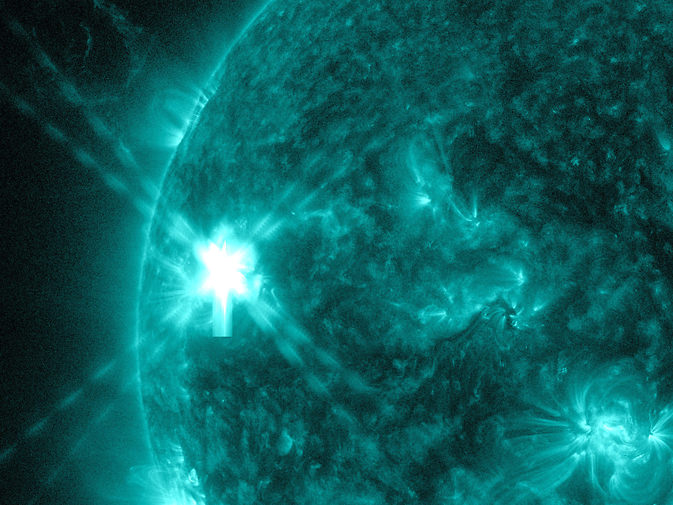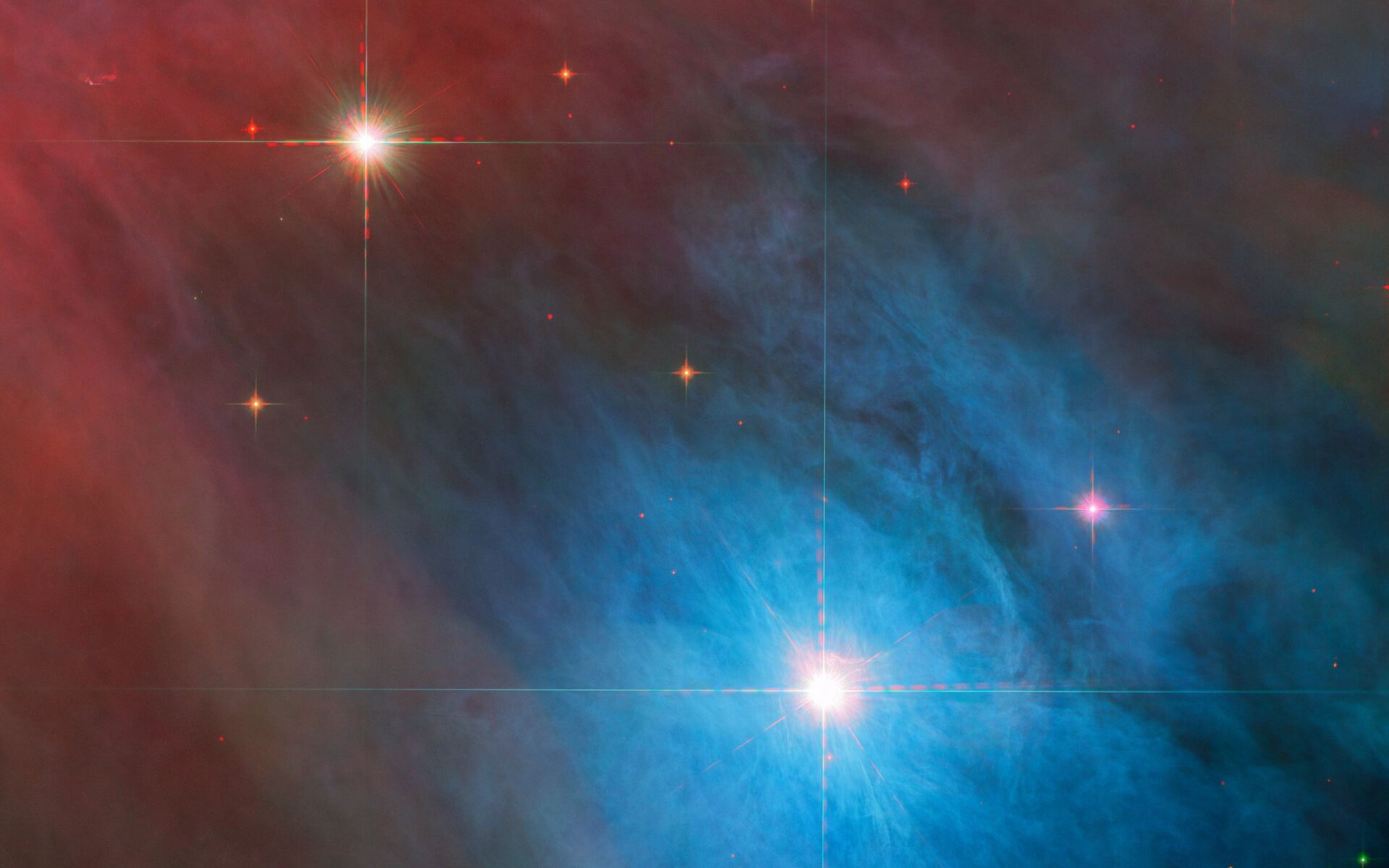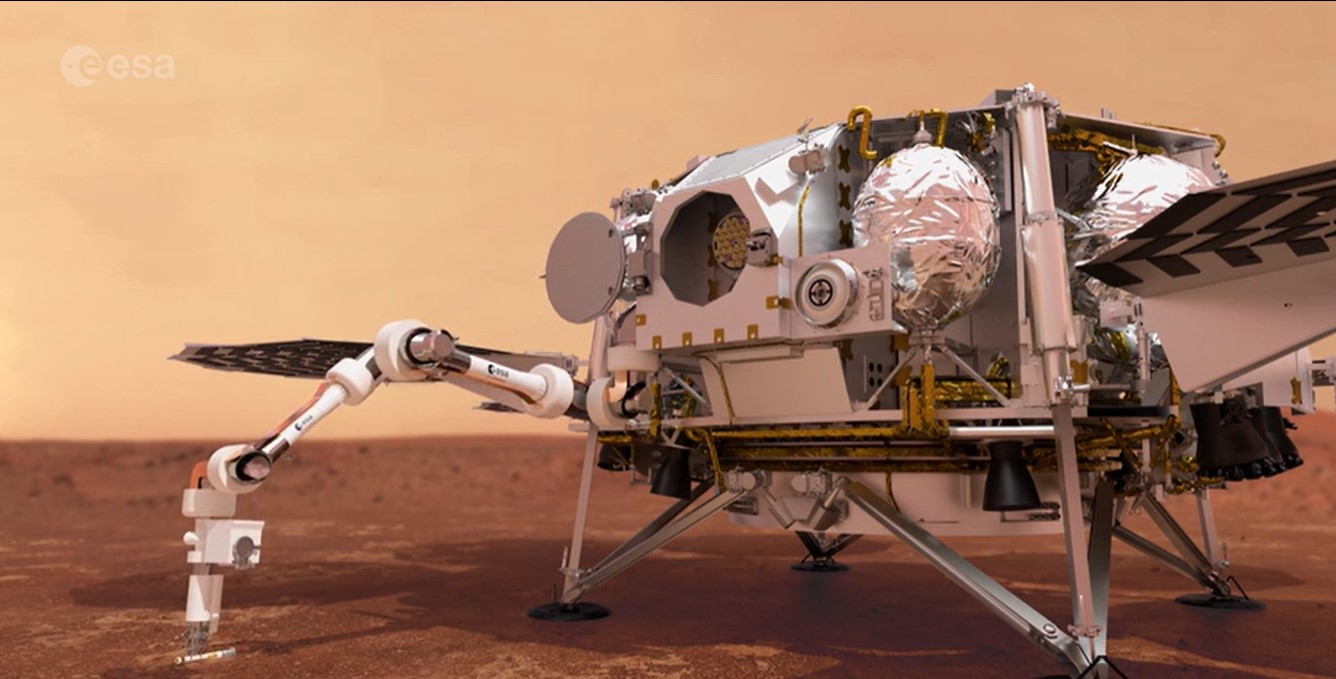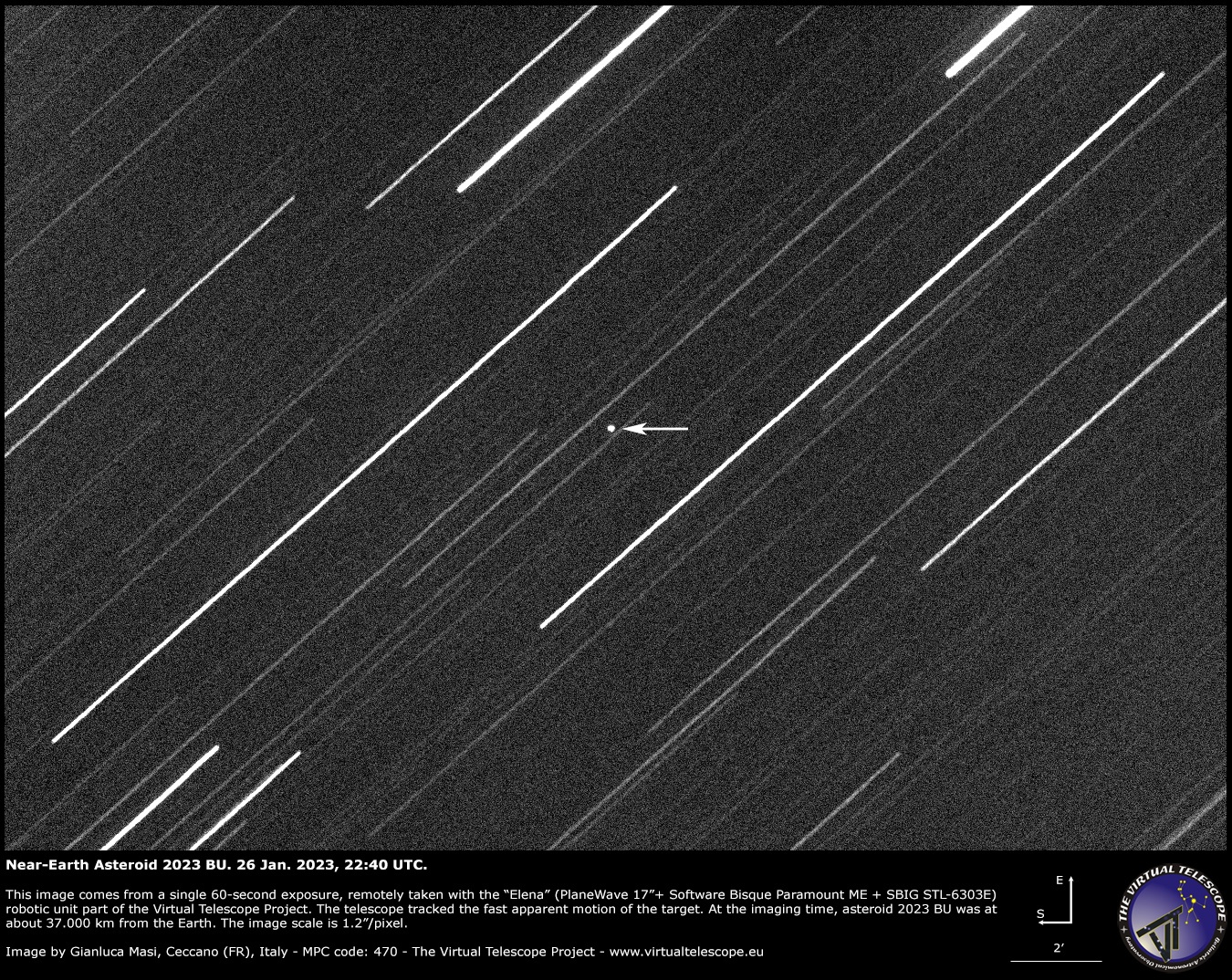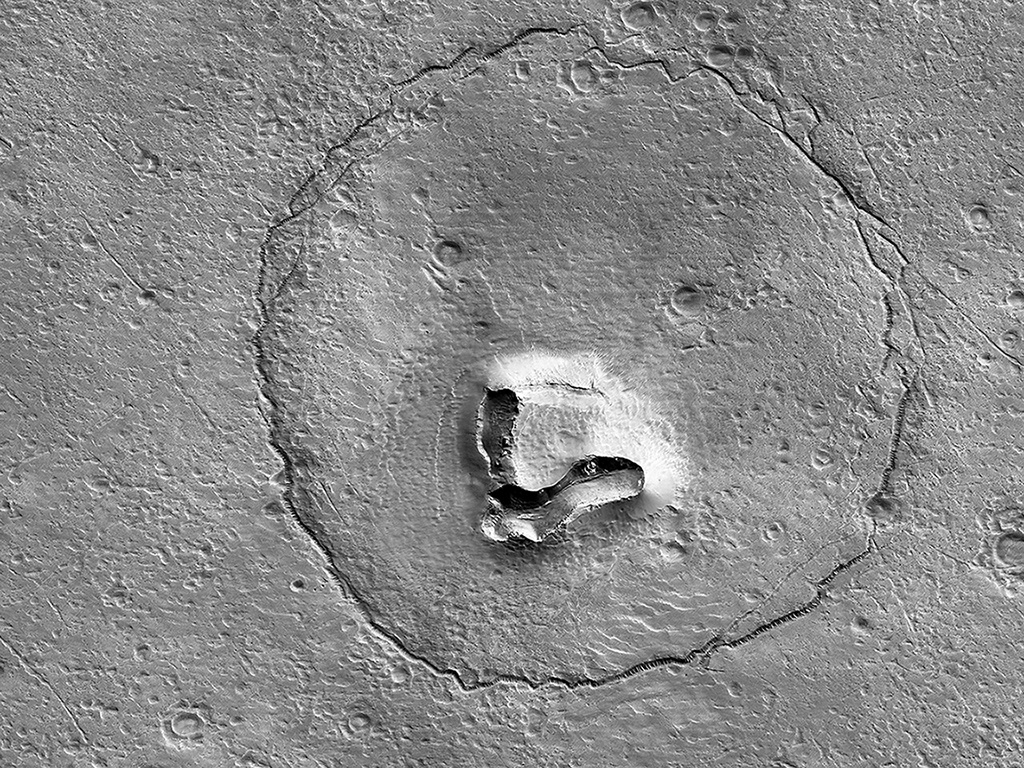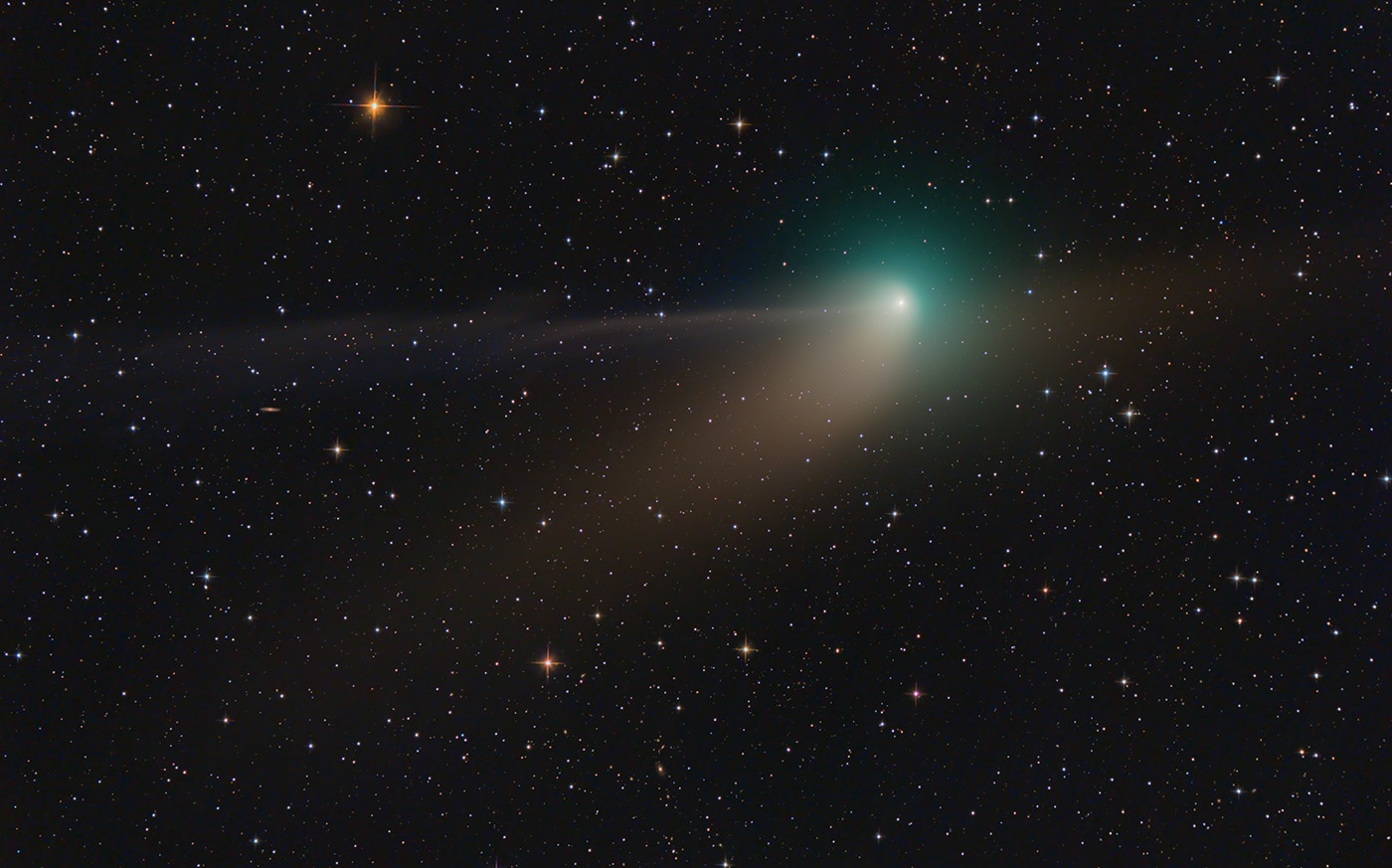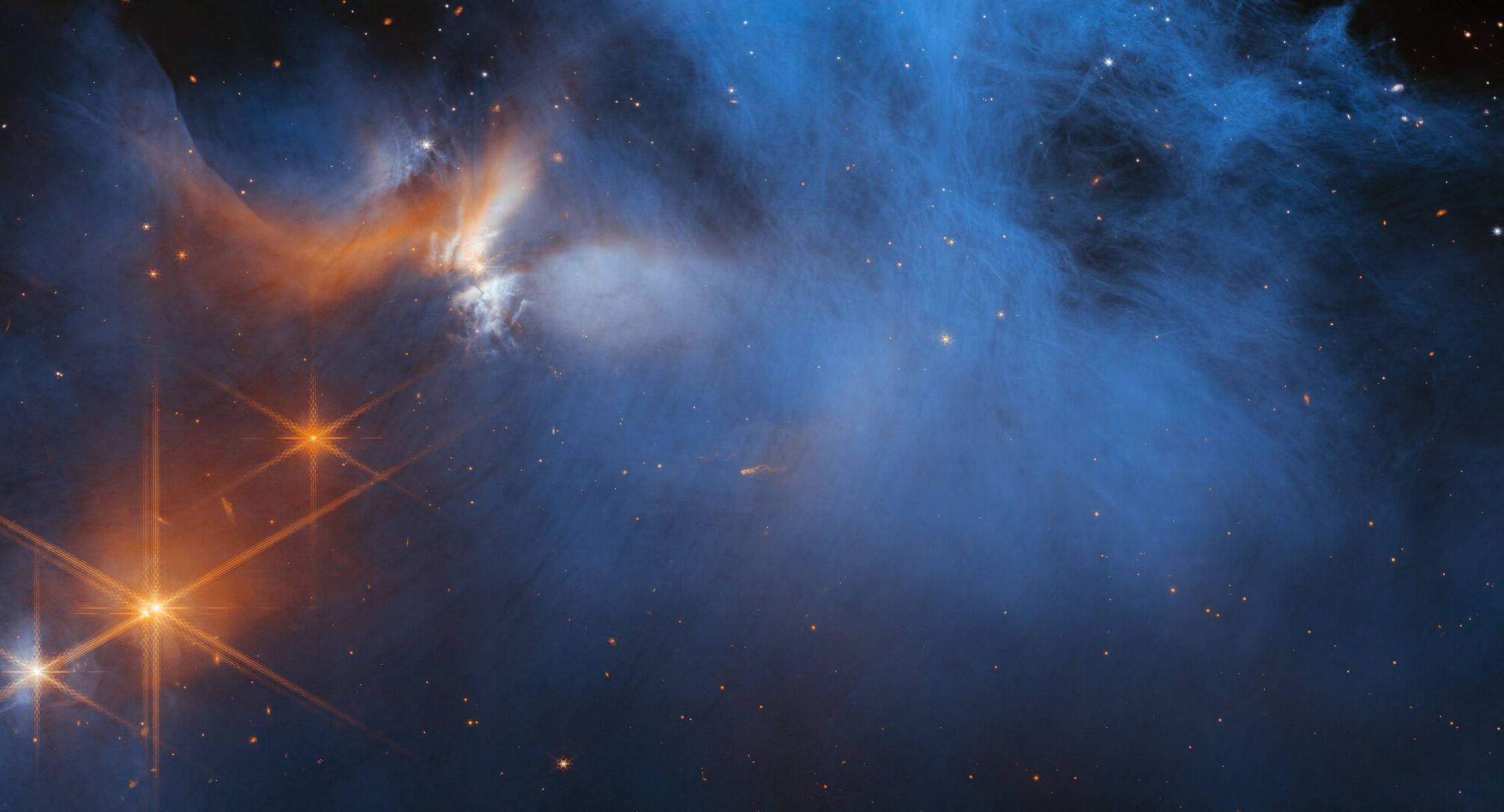Back in 2008, astronomers made a big announcement: for the first time, they had taken pictures of a multi-planet solar system, much like ours, orbiting another star. At the time, the star system, named HR8799 was known to have three planets, but follow-up observations a year later revealed a fourth world.
Astronomers have continued to watch this intriguing star system, and now, using observations from the last 12 years, astrophysicist Jason Wang has put together a time lapse video showing the orbital motions of the four planets.
Continue reading “Watch This 12-Year Timelapse of Exoplanets Orbiting Their Star”


